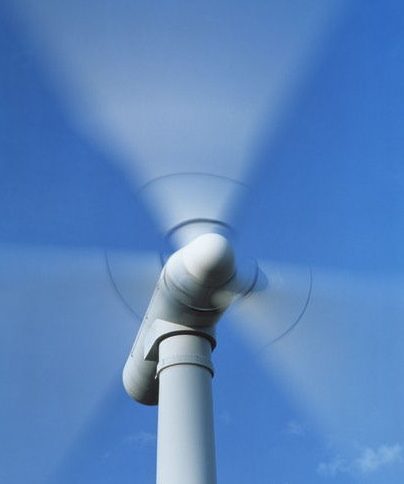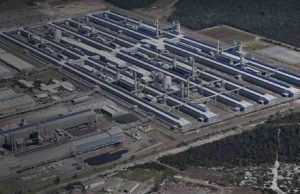Australia’s wind energy industry has had hardly a week to bask in the glow of a bipartisan – but not yet legislated – renewable energy target, before the mixed political messages started flying again. This time, in the form of renewed anti-wind campaigning from government cross-benches.
After securing a 33,000GWh RET – a much watered-down target, but one that could still favour the large-scale wind sector – key Liberal Democrat Senator David Leyonhjelm said in an article published in The Australian on Sunday that the Abbott government should set up a new regulator to monitor noise levels near wind turbines.
Leyonhjelm said such a body was called for, after the Senate inquiry he set up uncovered “credible evidence” some people were suffering health concerns caused by low frequency noise and vibrations made by spinning wind turbines.
This is a worry for the wind industry; not because Leyonhjelm’s claims hold any credible scientific weight – they don’t – but because the Abbott government, while perhaps undecided about how wind turbines sound, is no fan of the way they look. Just ask Joe Hockey.
The fact is, this latest senate wind inquiry – the 10th in five years – has found little-to-no scientifically backed evidence to support the theory that wind turbine noise is making people and animals sick.
Instead, the major study being used to support the existence of ‘wind turbine syndrome’ – described as “an exemplary case of… bad science” – has been contradicted by numerous studies and reports from both other acoustics groups and major government health organisations, all of which have so far found no scientifically proven evidence to support claims inaudible low-frequency infrasound produced by wind farms causes illness.
What the inquiry has clearly illustrated, though, is the deep-seated antipathy to wind turbines that exists among some of Australia’s top Conservative politicians.
To Leyonhjelm – whose main contribution to the RET debate was a plan to give subsidies to hydro schemes built by state governments decades ago – the wind industry reminds him “of the tobacco company’s 50 years ago testifying to a committee somewhat similar like ours saying cigarettes do not cause lung cancer.”
The only losers in his proposed RET scenario would be the major wind-energy generators, who, wrote Leyonhjelm in the AFR, were “eagerly waiting to build dozens of new wind farms in an effort to meet the target and get on the subsidy gravy train.”
Now, Leyonhjelm has seized on loosely interpreted reports that the German Medical Assembly wants a halt on further wind farm developments near housing pending more research into the possible health impacts.
“I am usually the last person to support the creation of additional government bureaucracy but when we are directing around $22 billion towards the Renewable Energy Target (RET), the creation of a regulator would be a drop in the bucket,” he said in the AFR report.
“Those who justify action on climate change because of the precautionary principle will understand the need to apply the same principle to infrasound.”
But as Ketan Joshi writes on his blog, “the German Medical assembly hasn’t actually signified they ‘want a halt’ on further wind turbine development…
“This isn’t a ‘decision’ at all – it was debated, and simply transferred to the executive board for a decision. Nor was this initiated by ‘doctors’ – the motion was moved by Dr Bernd Lücke,” who, says Ketan, may or may not be the same Bernd L¨cke who heads up Germany’s ‘Alternative for Germany‘ or AfD – a group deeply opposed to Germany’s transition away from nuclear power, towards renewables.
“Regardless,” says Ketan, “the motion wasn’t accepted – it was simply passed up to the executive of the German Medical Association. (Graham) Lloyd’s article is still misleading, and Leyonhjelm is wrong.”
Whether or not that will serve as any comfort to Australia’s wind energy industry is negligible, considering how little regard the Abbott government has given to scientific evidence in the past.
According to a report in Fairfax Media, Leyonhjelm says the need for a new regulator is particularly pressing given the Clean Energy Regulator says another 1000 wind turbines will need to be erected in the next five years to meet the RET.
The wind Senate inquiry is set to report back to parliament in August.








